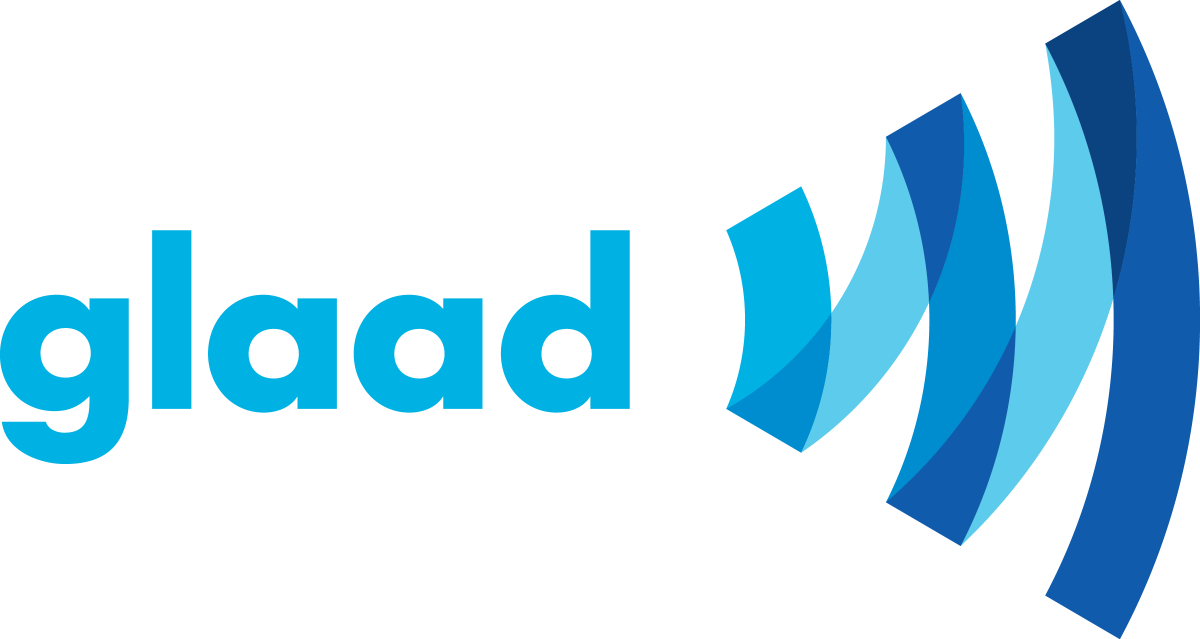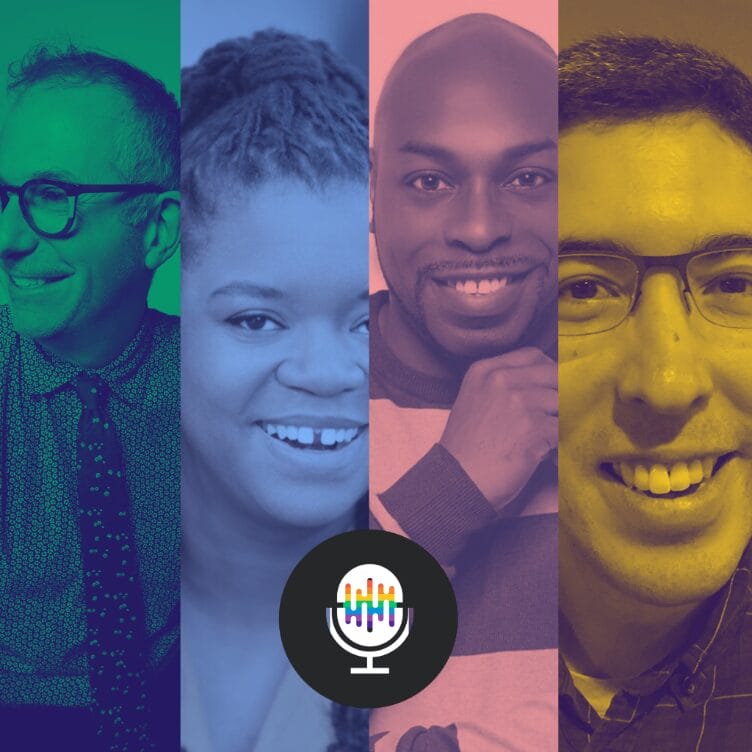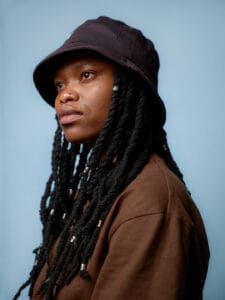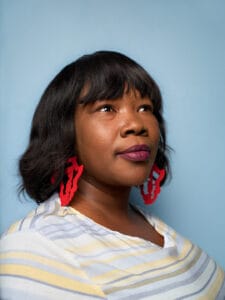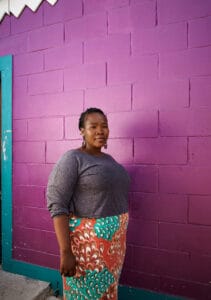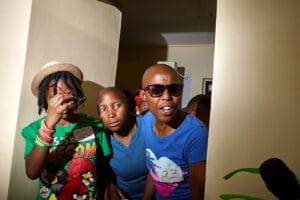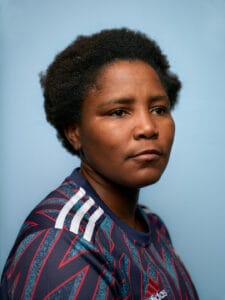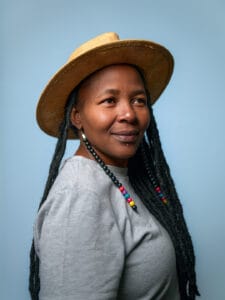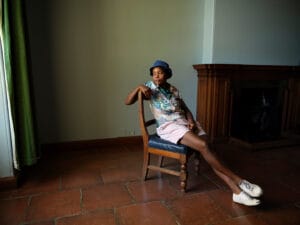If you were to ask Ken Schneck about the one thing he is certain of, he’ll most likely answer that question with the confidence he exudes once he’s behind a microphone. Queer and trans news, reported by queer and trans people, is essential and deserves to be heard.
Since July, the award-winning journalist and editor of Ohio’s LGBTQ newsroom, The Buckeye Flame, has committed himself to going beyond LGBTQ news headlines by gathering the best LGBTQ reporters to talk about them. The result is a deeply informed, personal yet far reaching, look at the news affecting our community today: the new podcast This News Is So Gay. Schneck created, moderates, and produces it by searching far and wide for LGBTQ journalists to join the conversation, from well known to lesser known outlets doing critically important and original reporting in their local communities. Schneck also seeks and includes LGBTQ journalists of color in every panel.
In the latest episode, which dropped on August 27, Schneck sits down with GLAAD’s Director of Local News: U.S. South Darian Aaron, LGBTQ reporter at The 19th, Candice Norwood, and Philadelphia Gay News reporter Jason Villemez.
Schneck says the podcast is “Meet the Press style-but gayer,” and that means lively, informed, and quick-witted. Schneck guides an issues-packed LGBTQ reporter’s roundtable where journalists who have researched and reported the stories that have penetrated queer and mainstream conversations can go in-depth to explain their reporting and its importance and queer relevance, like the recent executive order on homelessness, GLAAD’s recent analysis of transgender coverage in Georgia newsrooms, and ongoing efforts in Florida to censor LGBTQ visibility and support. Schneck also frequently includes HIV news that too often goes unreported. On the August 27th episode, he asked Aaron about Southern HIV/AIDS Awareness Day, observed on August 20.
“The day is extremely important, particularly in the South, because HIV is still an epidemic in this part of the country,” Aaron said. “We’ve seen tremendous scientific progress since the start of the HIV crisis, but that progress has not always trickled down into communities of color, including Black and Latino queer men, cisgender Black women, and transgender people of color.”
Aaron added that part of his work at GLAAD is to tell dynamic stories about people living with HIV in the South “through a cultural lens not rooted in trauma.”
“One of the aspects about living with HIV that we really don’t talk nearly enough [about] is growing old, getting older with HIV,” Schneck said, providing an opening for Norwood to share her reporting on the impact of federal cuts in HIV research at The Centers for Disease Control and Prevention (CDC) under the Trump Administration.
“About 54% of people living with HIV in the United States are ages 50 and older, and that number is expected to grow to 70% by 2030,” Norwood said.
“I interviewed a well-known advocate, Ronald Johnson, who was diagnosed with HIV in 1989 when he thought he would have one to two years to live,” she added. “And I ended up interviewing him on his 77th birthday. I think that speaks to how far we’ve come with HIV treatment and why advocates like Ronald Johnson want longevity for others.”
Villemez discussed how a Trump executive order issued in July purportedly to end crime can make it easier for local and state governments to commit homeless people into long-term institutions, and how that is particularly harmful for LGBTQ youth.
“Rates of homelessness among LGBTQ people are higher than the general population, than our cisgender counterparts,” Villemez said. “The Trevor Project reported that 28% of LGBTQ youth have experienced homelessness in their life. The Williams Institute reports that 8% of trans people have experienced homelessness recently, as opposed to 1% of cisgender straight people. So, in Philadelphia, people are obviously worried that this executive order is not only going to punish them for being homeless, but also punish them for being LGBTQ.”
One of the biggest LGBTQ stories at the time of the podcast recording was the coverage of the painting over the rainbow crosswalk outside the Pulse Memorial in Orlando, and the LGBTQ community’s immediate response.
“But getting lost in the mix is that this is actually a much bigger issue in Florida than the Pulse Memorial,” Schneck said. “The state of Florida is pretty determined here.”
“By repainting the crosswalk in chalk, queer folks in Florida are sending a message to DeSantis and the GOP that we will not be erased, nor will the memory of the largest mass shooting at the time targeting LGBTQ people, where 49 beautiful souls lost their lives,” Aaron said. “I would encourage folks to check out the GLAAD Accountability Project, where we’ve documented a laundry list of anti-LBGTQ actions by Gov. DeSantis and his Administration since he’s been in office. The removal of the rainbow crosswalk is just the latest attack on our community.”
While This News Is So Gay covers serious LGBTQ stories, Schneck is also intentional about celebrating queer joy within the podcast space he has curated. After receiving listener feedback, Schneck announced the new title of the segment, “Glitterbomb,” and, as he does every episode, asked panelists to share the stories that bring them joy.
For Aaron, it was Black queer theatre and a recent story developed for GLAAD, and published by LGBTQ Nation, about A Strange Loop playwright Michael R. Jackson.
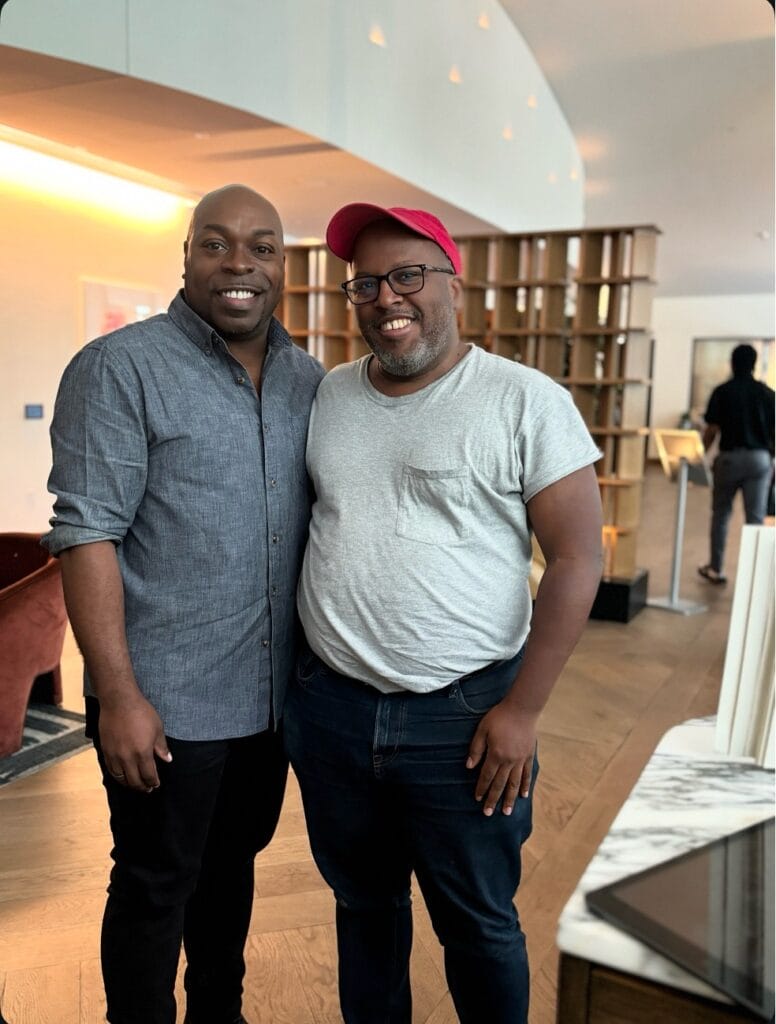
Black trans icon Marsha P. Johnson, who would have turned 80 last week, along with the accurate history and representation of transgender people at the Stonewall National Monument Visitor Center, was top of mind for Villemez. The Sapphic-rich movie Honey Don’t! made Norwood’s queer joy list.
New episodes of This New Is So Gay drop every Wednesday. You can listen to the show on your preferred podcast platform and on YouTube. This News Is So Gay is an Evergreen Podcast and is produced with support from the LGBTQ+ Opportunity Fund of The Cleveland Foundation.
